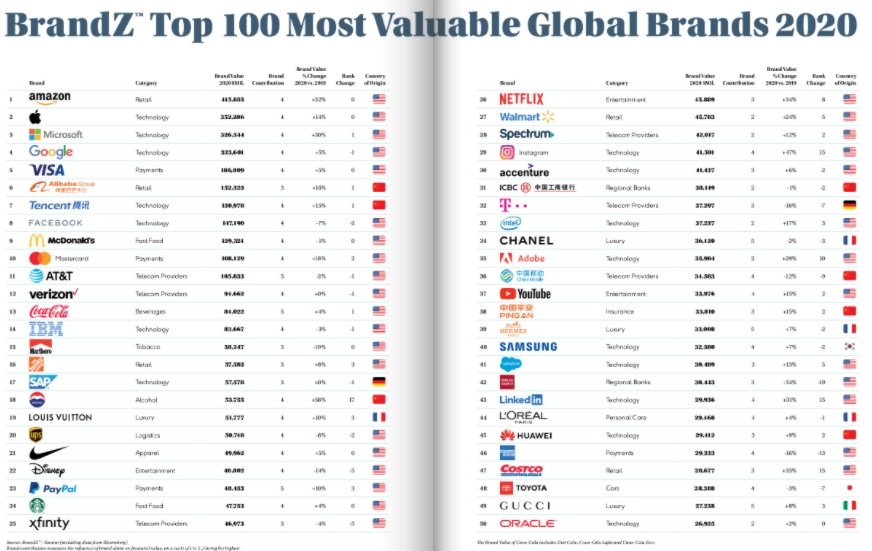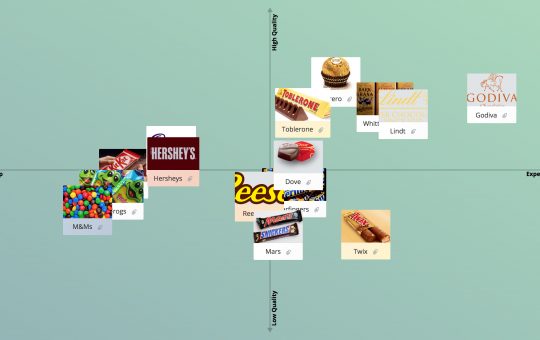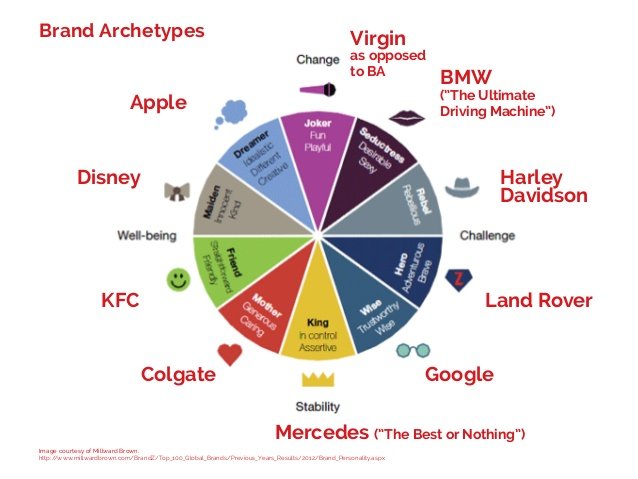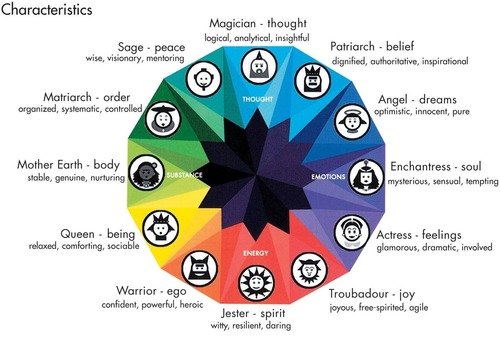Every business shares the same aim: to boost profits by gaining and keeping more customers, increasing the average order size, and cutting costs. Although they all want the same outcomes, businesses pursue these goals in different ways because each one needs a unique, lasting competitive edge to satisfy its target audience. Being identical to others or trying to please everyone are strategies that are likely to fail. Starting and managing a successful business requires you to define what your company represents and communicate those values to your target market. Your company identity motivates both your customers and employees to create a successful organization that achieves its objectives. This process is known as building a brand, which is vital for inspiring customers and employees, and for adapting that brand into messages that can evolve with changing circumstances. Building a brand from the ground up can be both thrilling and tough.

Why work on building a brand?
A brand is one of the key assets of a business because it represents various attitudes, beliefs, and behaviors of both consumers and employees. In marketing, we view brands as a hologram that includes the physical product (either a tangible good or an intangible service) along with the brand image. This image encompasses various related elements, such as trust, reputation, values like sustainability, and behaviors linked to the brand, such as loyalty.
And, that brand image is really valuable. For instance, Intrabrands estimates the value of the Coca-Cola brand at $73.1 billion, which made it one of the most valuable brands in the world, competing with Apple and Google. Of course, the world changes and a new valuable reduced the value of the Coke brand as the world moved from carbonated beverages to other drinks. You can see the most recent rank and valuation assigned to global brands below.

Elements critical for building a brand
Whether you’re working on building a brand from scratch, rebranding your existing products, or maintaining a valuable brand, the work is an ongoing operation that starts with identifying who you are and aligning that with what customers want. An excellent tool for this is perceptual mapping, which involves analyzing where existing brands exist on a map reflecting key decision variables used by consumers in making purchase decisions. Below is an example of what a perceptual map looks like for chocolate candy.
Image courtesy of Group Map
Built on real data from customers, a map locates products on 2 axes critical to consumers, such as quality and price, as in the image below. Often, the size of the brand image correlates with market share. You can even do 3D perceptual mapping using computer-generated results. The key to using a perceptual map is to locate your brand in the empty space where no other brand exists or where a small brand already exists without attracting a lot of consumer purchases, as long as that position is feasible in terms of what consumers want and what you can deliver.
Building a brand isn’t only necessary to show your target market who you are and what you stand for, it motivates employees to perform at their best and draws other stakeholders to your business. Some investors, for instance, only invest in brands that match their own value system.
Next, you build your brand using the following tools.
Create a logo and related iconography
Whether it’s a brand name, symbol, color scheme, or logo, you need iconography that quickly and accurately transmits your brand to consumers and other stakeholders. Creating a logo that signifies what the business stands for is a time-honored tool. It helps if you have something recognizable and unique that tells folks who you are.
Used ubiquitously across all your communications, this iconography comes to represent your brand and convey its key values. Colors are an important element of this iconography as different colors have different meanings. For instance, green often conveys feelings of nature and sustainability, gold suggests richness and luxury, while red not only attracts attention but warns of danger.
Recognize the impact of your brand iconography and the fact that few have the skills necessary to create a truly great logo and other branding elements needed. You probably want to work with a design professional, such as a branding agency, when building a brand that will resonate with consumers and other stakeholders as it is difficult to change your iconography later.
Building your brand personality
Brands, much like people, have a brand personality, or at least they should if firms want to succeed in building a brand that translates into value. It’s no wonder that many of the brands listed in the 100 most valuable brands in the image above have a distinct personality that most consumers decern very quickly. Check out the image below to see how the commonly identified personalities or brand archetypes line up with specific brands. Now, think about other brands sharing the same personality, especially those serving the same target market, as you consider the brand personality you want to build for your brand.
Now, consider consumer personalities based on similar archetypes show in the image below. Aligning your brand personality with the consumer personality you find commonly exists among your target market makes marketing much easier and more successful since consumers buy products they see as reflecting their own personality.
Communicate your brand
Building a brand isn’t enough. You must communicate that brand in everything you do from marketing to advertising, to product design to customer service. Many companies fail to deliver consistency when it comes to conveying their brand image and this inconsistency muddles your image so that consumers don’t have any idea what you are and what your stand for. For instance, car companies often suffered confusion when their dealers produced unprofessional commercials to promote their brands that were at odds with the slick commercials crafted by the brand itself.
While you may think about one aspect of branding such as tone of voice or imagery, you’ve got to develop a consistent way to convey our personality through numerous platforms. Implementing your branding from identity to reality is far more complicated than you think. When you start building your brand, you build up your business communication, images, and your promotional materials, such that everything comes together seamlessly.
As your business grows beyond what you can manage as one person, maintaining your brand relies heavily on a style guide containing your branding elements such as the hex codes for colors, logos, images, and other iconography, as well as rules about how to use these elements such as minimum sizes and spacing from other elements. Here’s a great resource, containing a bunch of templates for crafting a style guide.
Conclusion
In many ways, building a brand involves filling in the blanks in your business’s identity. A company identity seems like many different components, but it’s about making the glue work together effectively. Starting from that blank template all the way through to fully functioning branding is straightforward, although complex. We’re here to help. If you have questions, simply use the comments below and we’ll get back with our advice and answers.
Read more: How to Design a Product Label that Enhances Your Brand Identity


